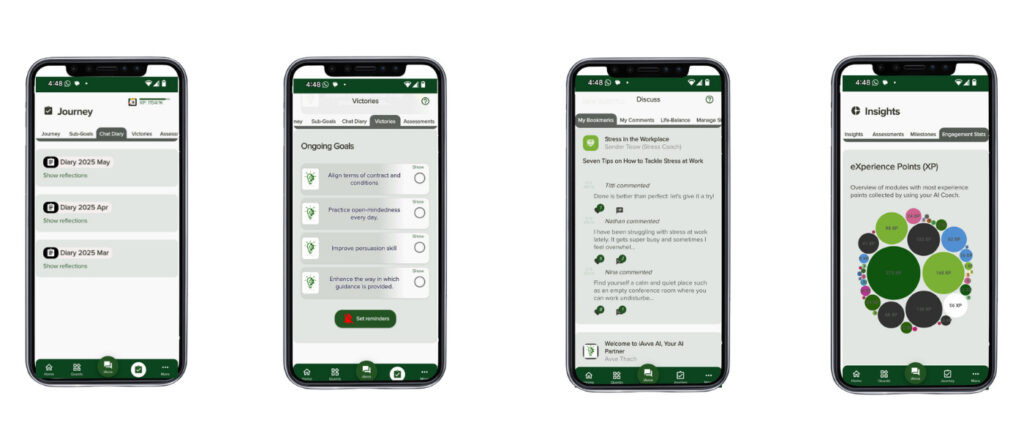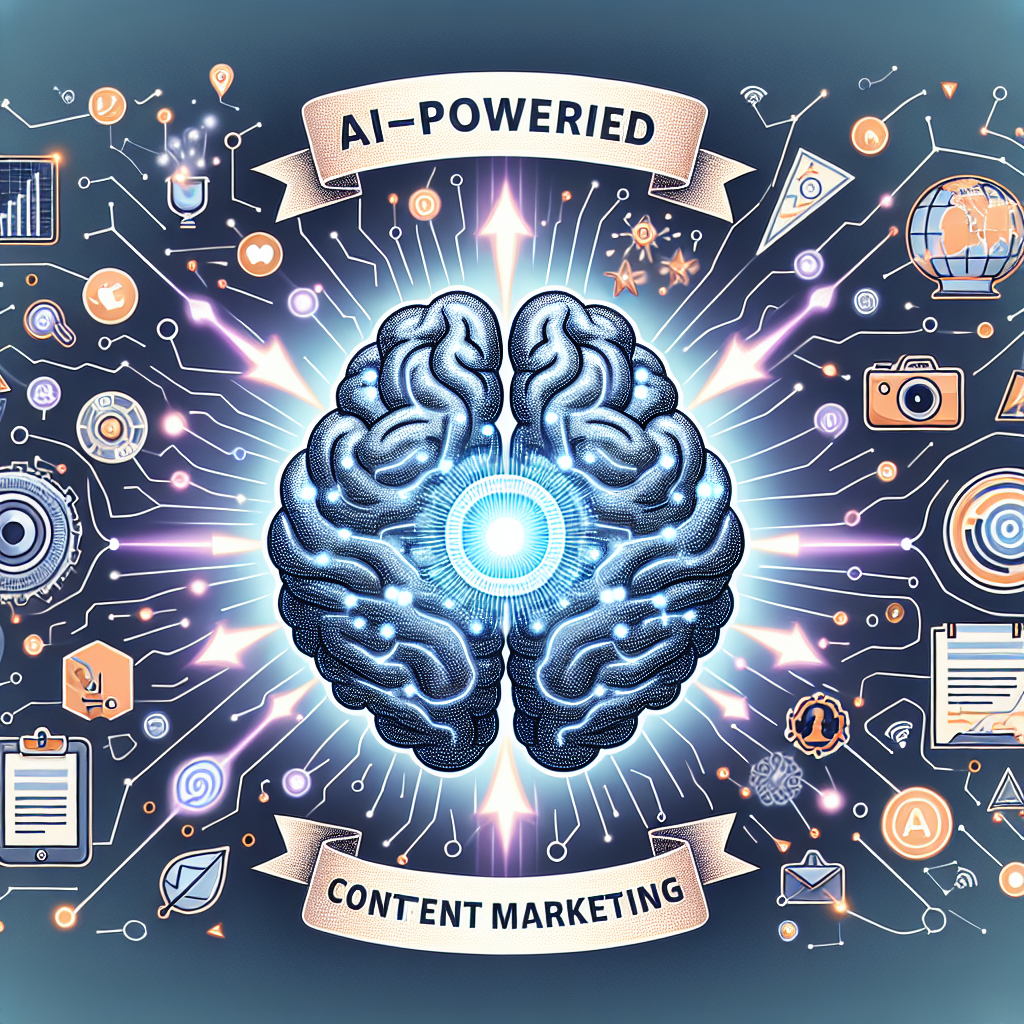In the ever-evolving landscape of visual technology, Dolby has consistently been at the forefront, pushing the boundaries of what is possible in display formats. The introduction of Dolby’s 2nd Gen Display Format marks a significant milestone in this journey, promising to enhance the way audiences experience visual content. This new format is not merely an upgrade; it represents a paradigm shift in how images are rendered, offering richer colors, deeper contrasts, and an overall more immersive viewing experience.
As we delve into the intricacies of this innovative format, it becomes clear that Dolby is not just enhancing visual fidelity but is also redefining the standards of digital storytelling. The 2nd Gen Display Format is designed to leverage advanced technologies, including artificial intelligence (AI), to optimize the viewing experience across various platforms. By integrating AI into its core functionalities, Dolby aims to create a more personalized and engaging experience for viewers.
This article will explore the evolution of Dolby’s display technology, the integration of AI, and the profound impact these advancements have on the viewing experience. Try iAvva AI coach app for free.
Key Takeaways
- Dolby’s 2nd Gen Display Format brings advanced AI technology to enhance the viewing experience.
- Dolby’s display technology has evolved to incorporate AI, enhancing picture quality and realism.
- AI is seamlessly integrated into Dolby’s 2nd Gen Display Format to optimize color, contrast, and brightness in real time.
- AI-powered display formats offer advantages such as enhanced image quality, improved color accuracy, and a better viewing experience.
- Dolby’s 2nd Gen Display Format with AI integration has a significant impact on the overall viewing experience, delivering stunning visuals and lifelike images.
The Evolution of Dolby’s Display Technology
Dolby has a rich history of innovation in audio and visual technology, dating back to its founding in 1965. Over the decades, the company has introduced groundbreaking technologies that have transformed the entertainment industry. From Dolby Stereo to Dolby Digital and beyond, each iteration has introduced enhancements that have set new benchmarks for sound and picture quality.
The evolution of Dolby’s display technology has been marked by a commitment to improving the viewer’s experience through superior image clarity and color accuracy. The journey to the 2nd Gen Display Format began with the recognition that traditional display technologies were limited in their ability to convey the full spectrum of visual information. As consumer expectations grew, so did the need for a format that could deliver not just high resolution but also dynamic range and color depth.
The development of HDR (High Dynamic Range) technology marked a pivotal moment in this evolution, enabling brighter highlights and deeper shadows. With the 2nd Gen Display Format, Dolby builds upon these advancements, incorporating AI-driven enhancements that further elevate the quality of visual content.
How AI is Integrated into Dolby’s 2nd Gen Display Format

At the heart of Dolby’s 2nd Gen Display Format lies a sophisticated integration of artificial intelligence. This technology plays a crucial role in analyzing and optimizing content in real-time, ensuring that viewers receive the best possible experience regardless of the device or environment. AI algorithms are employed to assess various factors such as lighting conditions, screen size, and viewer preferences, allowing for dynamic adjustments that enhance picture quality on the fly.
For instance, AI can intelligently upscale lower-resolution content to match the capabilities of high-definition displays, ensuring that even older films and shows benefit from modern enhancements. Additionally, AI-driven color grading techniques can automatically adjust hues and saturation levels based on the content being viewed, providing a more vibrant and lifelike representation. This level of adaptability not only improves the overall viewing experience but also allows content creators to present their work in a manner that aligns with their artistic vision.
Advantages of AI-Powered Display Formats
| Advantages of AI-Powered Display Formats |
|---|
| 1. Personalized content delivery |
| 2. Improved targeting and relevance |
| 3. Enhanced user engagement |
| 4. Real-time optimization |
| 5. Increased conversion rates |
The advantages of AI-powered display formats extend far beyond mere visual enhancements.
By leveraging data analytics and machine learning, Dolby’s 2nd Gen Display Format can learn from user interactions and adapt accordingly.
This means that viewers can enjoy content that resonates with their tastes, whether they prefer vivid colors or more subdued tones. Moreover, AI integration enhances accessibility for diverse audiences. For instance, AI can assist in providing real-time subtitles or audio descriptions for visually impaired viewers, ensuring that everyone can enjoy high-quality content without barriers.
The potential for inclusivity is vast, as AI can also analyze viewer feedback to continuously improve content delivery and presentation. This commitment to accessibility aligns with broader industry trends toward creating more inclusive media experiences.
The Impact of Dolby’s 2nd Gen Display Format on Viewing Experience
The introduction of Dolby’s 2nd Gen Display Format has profound implications for how audiences engage with visual content. By combining cutting-edge technology with AI capabilities, Dolby is setting a new standard for immersive experiences. Viewers can expect richer colors, enhanced contrast ratios, and improved motion handling—all of which contribute to a more lifelike representation of scenes.
One notable impact is seen in cinematic experiences where filmmakers can now utilize the full potential of this format to convey their narratives more effectively. The ability to render subtle details in shadows and highlight intricate textures enables storytelling that resonates on a deeper emotional level. As audiences become accustomed to these enhanced experiences, their expectations will inevitably rise, pushing content creators to innovate further and explore new artistic avenues.
Compatibility and Adoption of Dolby’s 2nd Gen Display Format

For any new technology to succeed, compatibility and widespread adoption are crucial factors. Dolby has strategically positioned its 2nd Gen Display Format to be compatible with a range of devices—from high-end televisions to mobile devices—ensuring that consumers can access this advanced technology without significant barriers. Partnerships with leading manufacturers have facilitated seamless integration into existing ecosystems, allowing users to enjoy enhanced content without needing extensive upgrades.
The adoption rate of Dolby’s 2nd Gen Display Format has been promising, with many streaming services and content creators eager to leverage its capabilities. As more films and shows are produced with this format in mind, viewers will increasingly seek out compatible devices to fully experience the benefits it offers. This cycle of adoption not only enhances consumer satisfaction but also drives further innovation within the industry as creators strive to meet evolving audience expectations.
The Role of AI in Improving Picture Quality
The role of AI in improving picture quality cannot be overstated. Through advanced algorithms and machine learning techniques, Dolby’s 2nd Gen Display Format utilizes AI to analyze each frame in real-time, making adjustments that enhance clarity and detail. This process involves assessing various elements such as brightness levels, color accuracy, and motion dynamics to ensure that every scene is presented at its best.
One specific application of AI in this context is noise reduction. Traditional methods often struggle with grainy images or artifacts that can detract from the viewing experience. However, AI algorithms can intelligently distinguish between noise and actual image data, enabling more effective noise reduction without compromising detail.
This results in cleaner images that maintain their integrity even during fast-paced action sequences or complex visual effects.
Dolby’s Commitment to Innovation and Advancement in Display Technology
Dolby’s commitment to innovation is evident in its continuous investment in research and development aimed at advancing display technology. The company recognizes that staying ahead in this competitive landscape requires not only technological advancements but also a deep understanding of consumer needs and preferences. By fostering a culture of innovation within its teams, Dolby ensures that it remains at the cutting edge of display technology.
This commitment extends beyond just product development; it encompasses collaboration with industry partners, academic institutions, and thought leaders to explore new frontiers in visual technology. By engaging with diverse perspectives and expertise, Dolby can anticipate future trends and challenges while remaining agile enough to adapt its strategies accordingly.
The Future of AI-Powered Display Formats
Looking ahead, the future of AI-powered display formats appears bright as technology continues to evolve at an unprecedented pace. As AI capabilities expand, we can expect even more sophisticated enhancements that will redefine how we consume visual content. Future iterations may include features such as predictive analytics that anticipate viewer preferences or even fully immersive experiences utilizing augmented reality (AR) and virtual reality (VR) technologies.
Moreover, as consumer demand for high-quality content grows, so too will the need for formats that can deliver on those expectations without compromising accessibility or inclusivity. The integration of AI will play a pivotal role in achieving this balance by enabling personalized experiences while ensuring that all viewers can engage with content meaningfully.
Industry Response to Dolby’s 2nd Gen Display Format
The industry response to Dolby’s 2nd Gen Display Format has been overwhelmingly positive, with many stakeholders recognizing its potential to transform the viewing experience. Content creators are particularly enthusiastic about the opportunities it presents for storytelling; filmmakers are eager to leverage the enhanced capabilities to bring their visions to life in ways previously unattainable.
As competition heats up within the display technology sector, companies are likely to follow suit by exploring their own innovations while keeping an eye on consumer preferences shaped by Dolby’s advancements.
The Potential of AI in Shaping the Future of Display Technology
In conclusion, Dolby’s 2nd Gen Display Format represents a significant leap forward in display technology, driven by the integration of artificial intelligence. This innovative approach not only enhances picture quality but also personalizes the viewing experience for audiences worldwide. As we look toward the future, it is clear that AI will play an increasingly vital role in shaping how we consume visual content.
The potential for further advancements is immense; as technology continues to evolve, so too will our understanding of what constitutes an exceptional viewing experience. With companies like Dolby leading the charge toward innovation and excellence in display technology, audiences can look forward to a future where visual storytelling reaches new heights—one where every frame captivates and resonates like never before.
Dolby has recently announced the second generation of its display format, which leverages AI technology to enhance colors, lighting, and motion smoothing, promising a more immersive viewing experience. This advancement in display technology aligns with the broader trend of integrating AI into everyday tools to enhance user experience and productivity. For those interested in optimizing their tech setup, you might find it helpful to explore related topics such as The Best Accessories for Boosting Laptop Productivity. This article offers insights into how the right accessories can enhance the functionality of advanced display technologies, ensuring a seamless and efficient workflow.
FAQs
What is Dolby’s second-generation display format?
Dolby’s second-generation display format is a technology that utilizes AI to adjust colors, lighting, and motion smoothing on displays, thereby enhancing the viewing experience.
How does Dolby’s second-generation display format work?
Dolby’s second-generation display format utilizes AI algorithms to analyze the content being displayed and make real-time adjustments to colors, lighting, and motion smoothing, thereby optimizing the viewing experience.
What are the benefits of Dolby’s second-generation display format?
The benefits of Dolby’s second-generation display format include improved color accuracy, enhanced contrast, reduced motion blur, and a more immersive viewing experience for consumers.
Is Dolby’s second-generation display format available for consumer displays?
Yes, Dolby’s second-generation display format is available for consumer displays, and it is designed to work with a wide range of devices, including TVs, monitors, and projectors.
Can Dolby’s second-generation display format be integrated into existing displays?
Yes, Dolby’s second-generation display format can be integrated into existing displays through software updates or hardware upgrades, depending on the specific device and manufacturer.










Leave a Reply